If you’re here, the terms “BL” and “yaoi” have probably shown up on your radar once or twice. To be fair, the Internet does come up with the weirdest sayings and acronyms, but these have been around for far longer than you might have noticed.
Much like everything that goes even remotely semi-viral on the Internet, these terms have also ended up on TikTok — for better and for worse. You’ve probably seen these terms associated with anime, manga, or even Thai and K-dramas — the most popular mediums for what is known as “BL.” Now, yaoi, however, is an entirely different story, so let’s quickly dive into what these terms mean and their differences.
What does ‘BL’ mean?

The acronym “BL” stands for Boys’ Love and is the umbrella term used for content revolving around two male love interests. The earliest use of the acronym can be dated to 1991 when the magazine Image attempted to collect these disparate genres under a single term. From then on, several other magazines began using the term in reference to male-male romance in Japanese and Asian media. Nowadays, though, we can also see the genre is growing in the West, although BL isn’t often used to describe this type of content.
In fact, you’ve surely seen plenty of BL content exploding in recent years here in the West. For instance, series like Heartstopper or Young Royals easily fit under the BL umbrella term, as shows whose main plot surrounds a queer couple comprised of two male characters. More often than not, these series focus on romance, though that’s not exclusively the standard.
BL is still mostly attached to dramas hailing from Thailand, China, Taiwan, and South Korea. These East Asian countries are some of the biggest producers of LGBT content in Asia, with entire companies dedicated to creating these dramas. You might have even heard of the titles KinnPorsche or TharnType, which are two of the most popular BL Thai dramas. When it comes to Japanese and South Korean manga and manhwa, however, the story is a little different.
What is Yaoi and is it different from BL?

Yaoi is an outdated term that was used to refer to explicit content between two male lovers in Japanese manga. However, it is now widely deemed derogatory and has slowly but surely been replaced by BL as the umbrella term for both Yaoi and Shounen-ai. It was initially considered a subgenre of the literary shojo genre, although Shounen-ai and Yaoi stemmed from contemporary Japanese homoerotic romances created in the 1970s. Still, these exact terms wouldn’t be used until later on.
It was, in fact, doujinshi — self-published works often focused on already-existing characters in relationships — that propelled the terms yaoi and shounen-ai into popular use. Doujinshi creators, often fans of mainstream manga and anime, would create their own stories featuring characters from those works in romantic or erotic scenarios. These fan-created stories contributed to the early development of queer genres, with creators ironically referring to their explicit works as “yaoi” (from “YAma nashi, Ochi nashi, Imi nashi” — no climax, no point, no meaning) and less explicit works as “shounen-ai.”
Even though you might see fans often use all three terms interchangeably, they are all very different, and you’ll likely be safer using “BL,” as a general term. More often than not, both “shounen-ai,” and “yaoi,” are used in Japanese manga after all, and not necessarily for BL dramas — which are, arguably, its most successful medium currently.

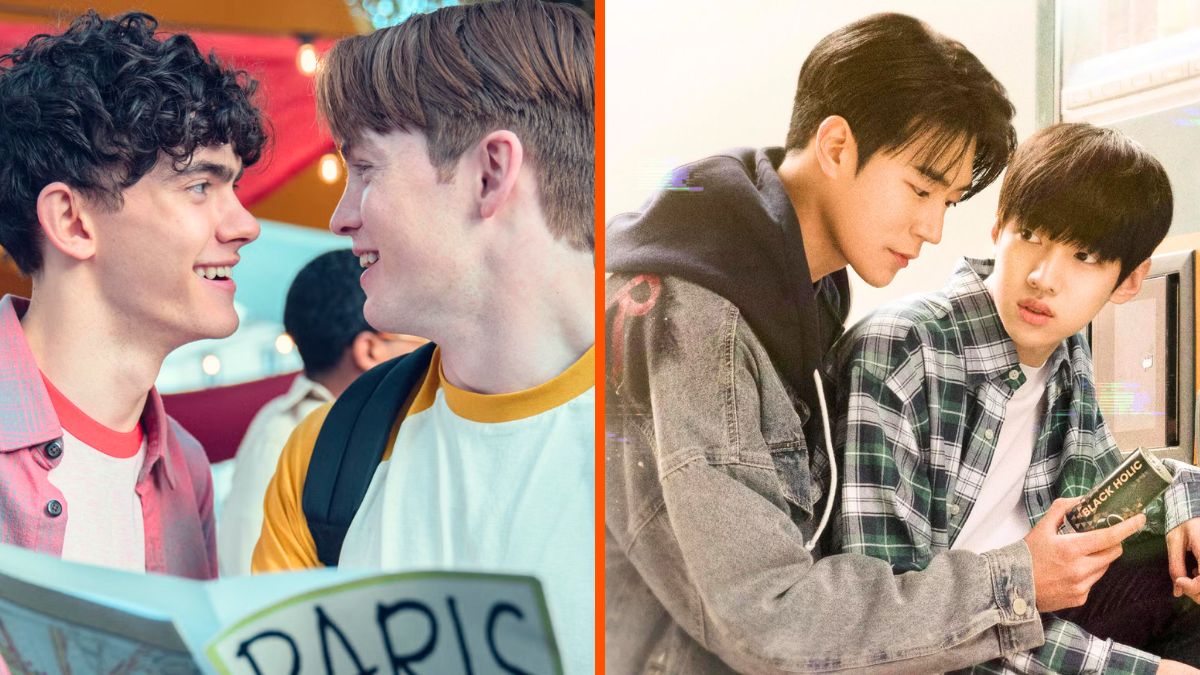

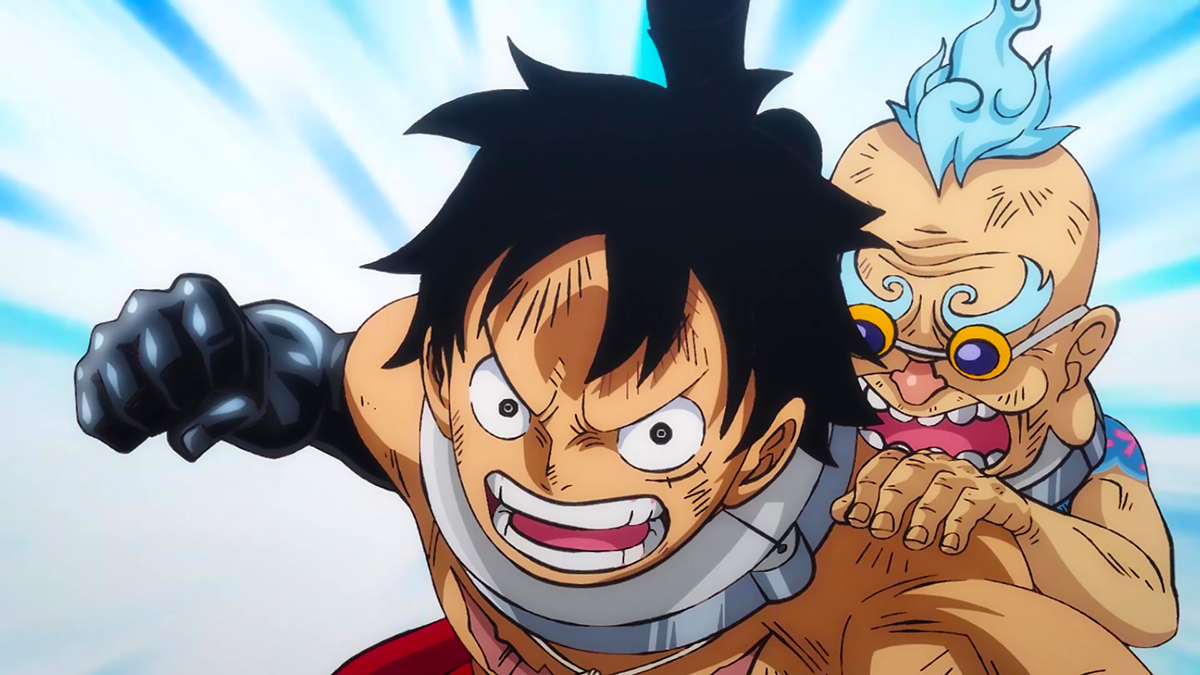

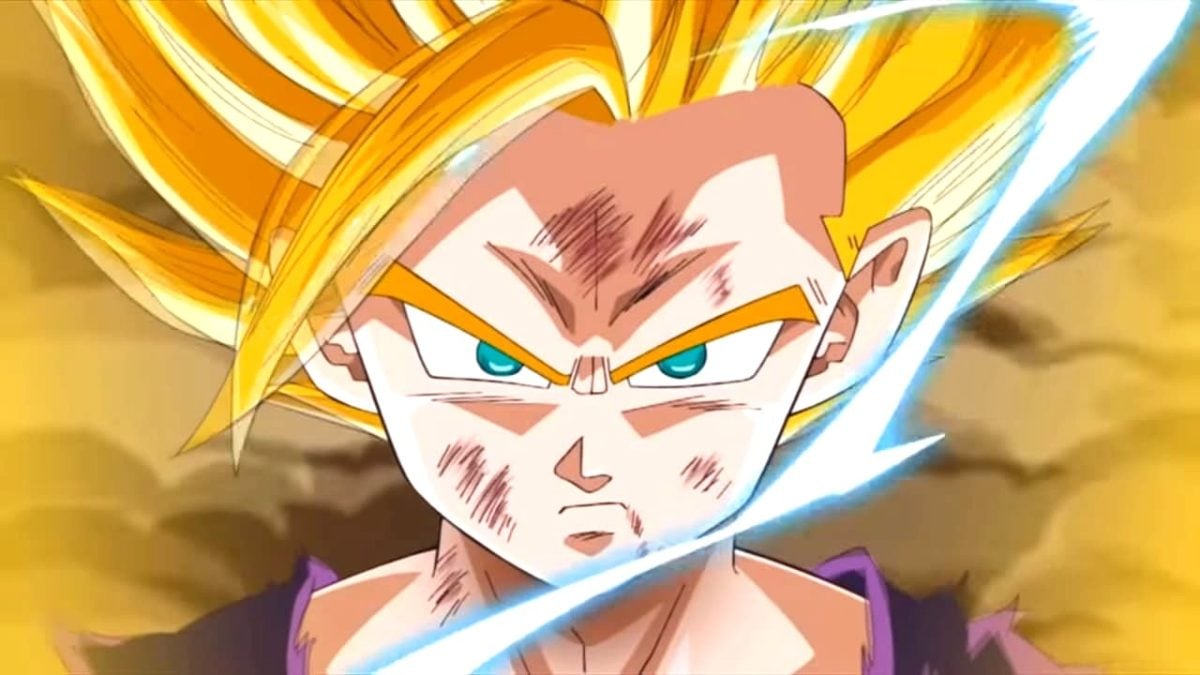
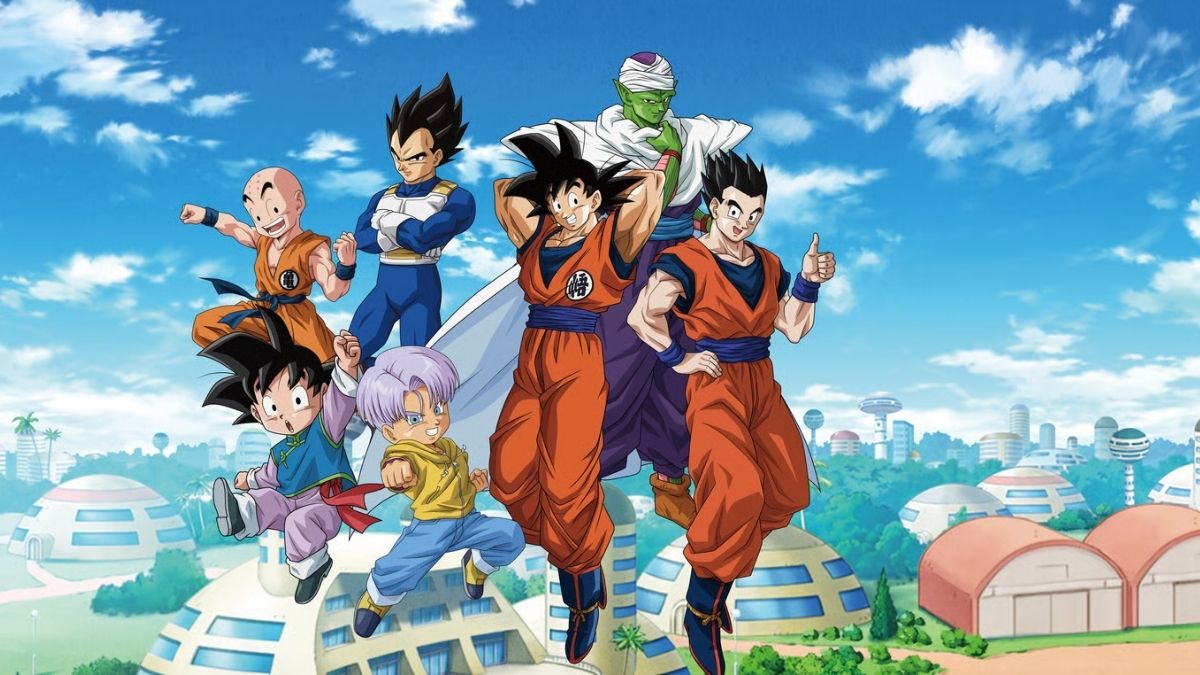
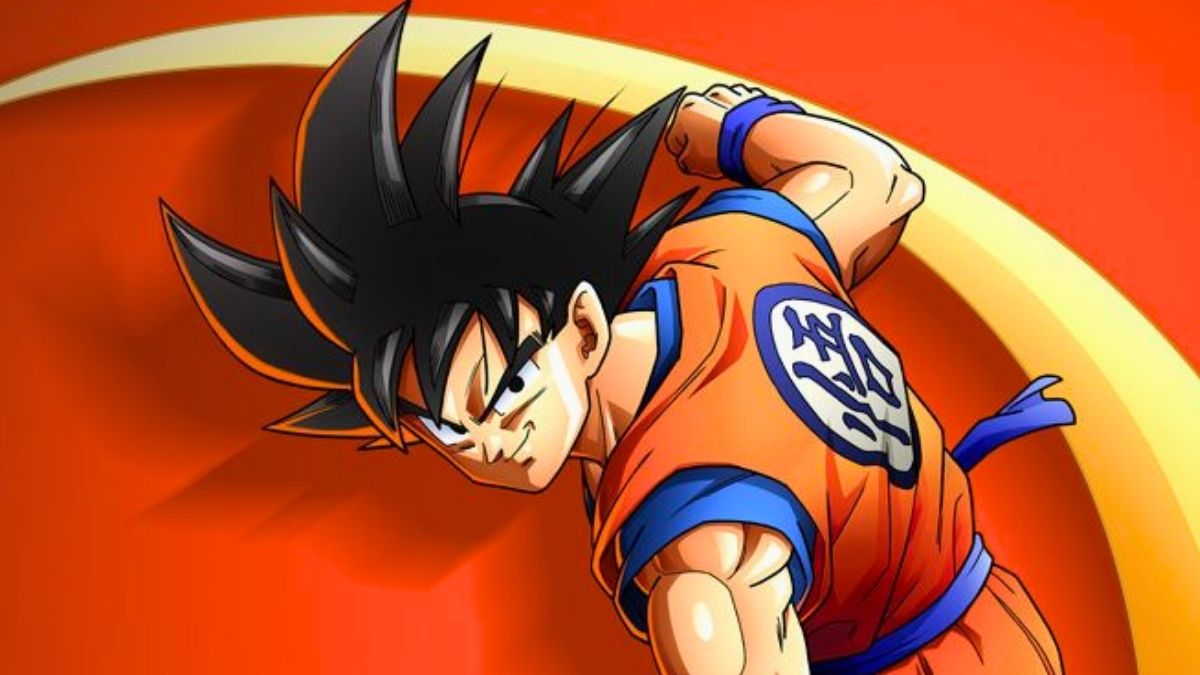

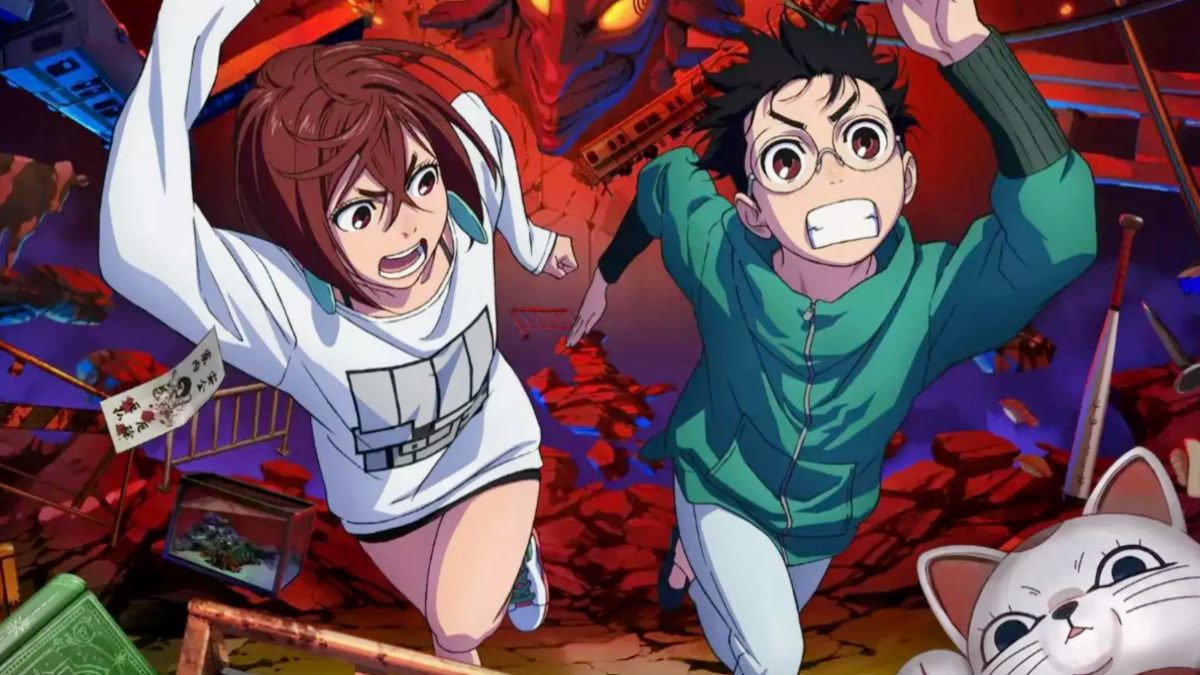

Published: Jul 11, 2024 08:43 am